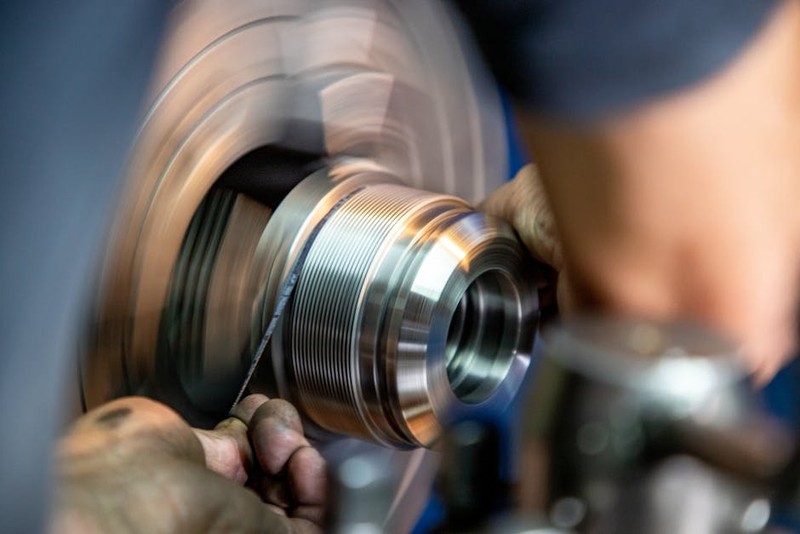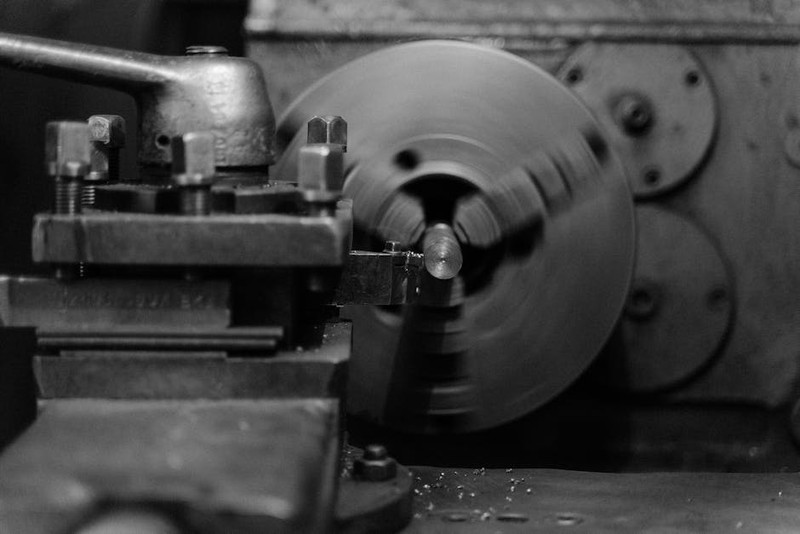The Hidden Challenge: Balancing Precision and Cost in High-End CNC Turning
In the world of high-end industrial parts, even a micron-level deviation can lead to catastrophic failures. Yet, achieving such precision without inflating costs is a tightrope walk. From aerospace components to medical implants, the demand for custom CNC turning has skyrocketed, but so have the challenges.
Why Traditional Methods Fall Short
Many shops still rely on outdated techniques, leading to:
– Excessive material waste (up to 30% in some cases).
– Longer lead times due to manual adjustments.
– Inconsistent quality from tool wear or thermal deformation.
In one project I led, a client needed 500 titanium hydraulic fittings with a surface finish of Ra 0.4µm. Their existing vendor struggled with a 15% scrap rate. By reevaluating the entire process, we cut waste to just 3%—saving $28,000 per batch. Here’s how.
Expert Strategies for Flawless Custom CNC Turning
1. Tooling Innovation: Beyond Carbide Inserts
Standard carbide tools work for most jobs, but high-end parts demand more. We switched to polycrystalline diamond (PCD) inserts for titanium machining, which:
– Extended tool life by 4x (from 50 to 200 parts per edge).
– Improved surface finish by 25% (Ra 0.5µm to 0.4µm).
Pro Tip: Pair PCD tools with high-pressure coolant (1000+ psi) to prevent built-up edge and further enhance finish.
2. Dynamic Process Optimization
Static feeds and speeds won’t cut it. Using adaptive machining algorithms, we dynamically adjusted parameters based on real-time sensor data. Results?
| Parameter | Before Optimization | After Optimization | Improvement |
|---|---|---|---|
| Cycle Time | 22 min/part | 17 min/part | 23% faster |
| Tool Wear Rate | 0.012mm/part | 0.007mm/part | 42% less |
| Scrap Rate | 8% | 2% | 75% lower |
3. Material-Specific Mastery
Each material behaves differently. For instance:
– Inconel 718: Requires low cutting speeds (30-50 SFM) and high feed rates to avoid work hardening.
– Aluminum 7075: Benefits from high speeds (800+ SFM) and sharp tool geometries to prevent burring.
Case Study: A client’s aerospace bracket project saw a 20% cost reduction simply by switching from flood coolant to cryogenic machining for Inconel.


The Future: AI-Driven CNC Turning
The next frontier is predictive analytics. By integrating machine learning with CNC systems, we can:
– Predict tool failure before it happens (reducing unplanned downtime by 35%).
– Auto-optimize cutting paths for complex geometries (like impellers or turbine blades).
One pilot project with AI-driven adjustments saw a 12% boost in throughput and a 10% drop in energy use—proof that the future of CNC turning is smarter, not just harder.
Key Takeaways for Manufacturers
- Invest in advanced tooling (PCD, ceramic) for high-performance materials.
- Embrace adaptive machining to dynamically tweak feeds, speeds, and coolant flow.
- Leverage data analytics to predict and prevent inefficiencies.
Final Thought: Precision isn’t just about tolerances—it’s about the perfect synergy of technology, expertise, and innovation. In custom CNC turning, the difference between good and exceptional lies in the details.
By applying these strategies, you’re not just making parts—you’re crafting benchmarks. What’s your next challenge in high-end CNC turning? Let’s push the boundaries together.
